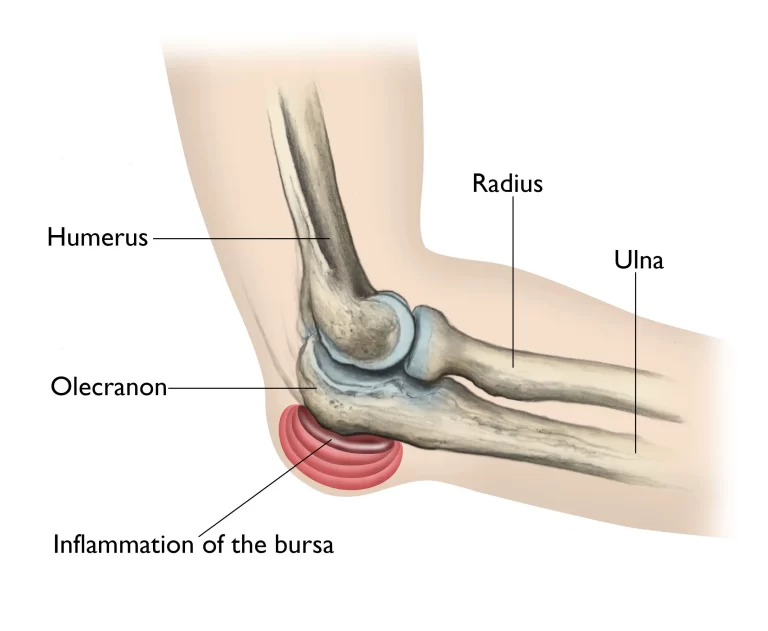Finger Replacement and Physiotherapy
Introduction Finger joints are essential for many activities, and arthritis in this area can cause significant joint damage and deformity. Artificial finger joint replacement is a surgical procedure that involves the removal of an arthritic or damaged finger joint and replacement with an artificial prosthesis. In artificial joint replacement of the finger, a surgeon removes…










